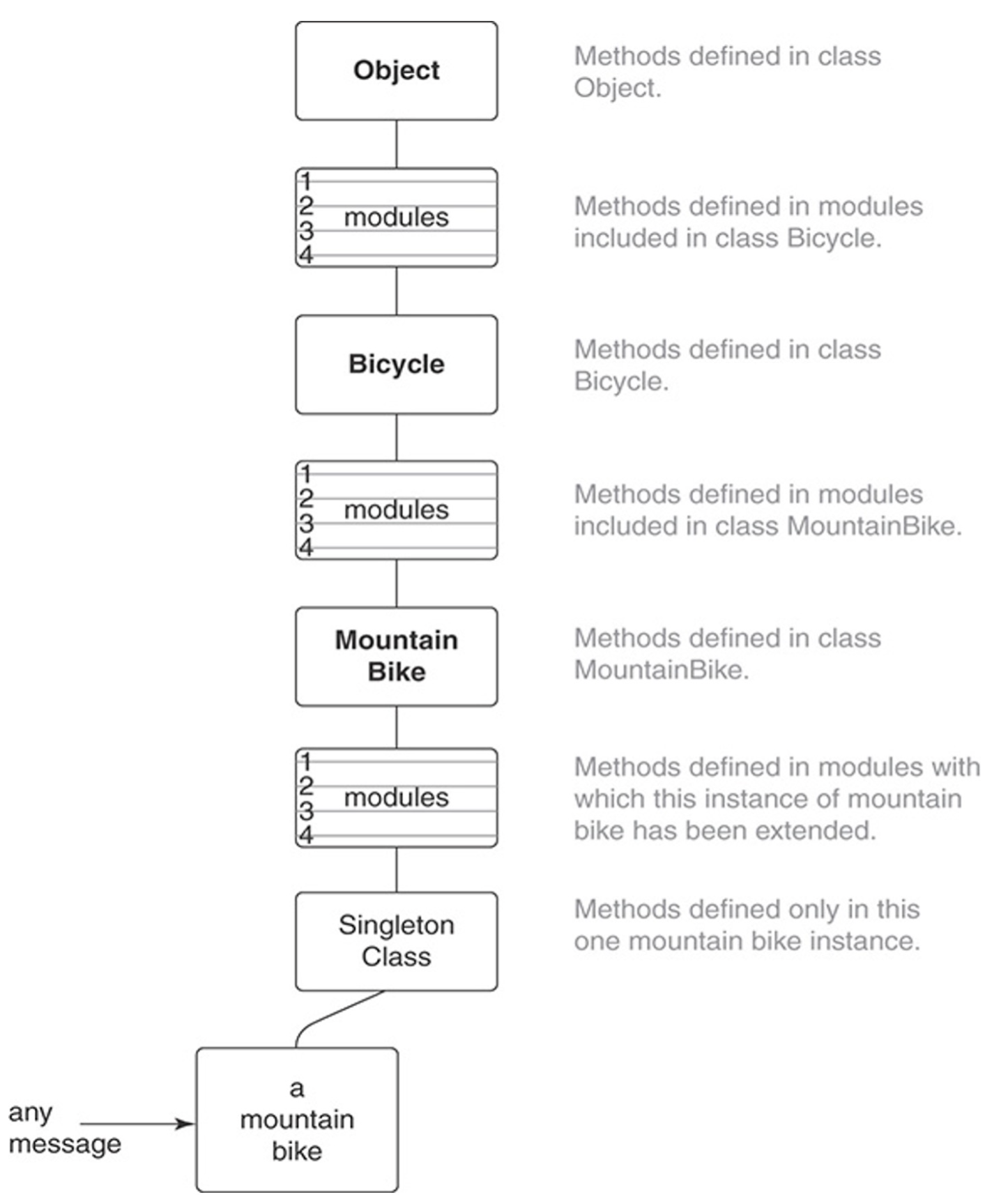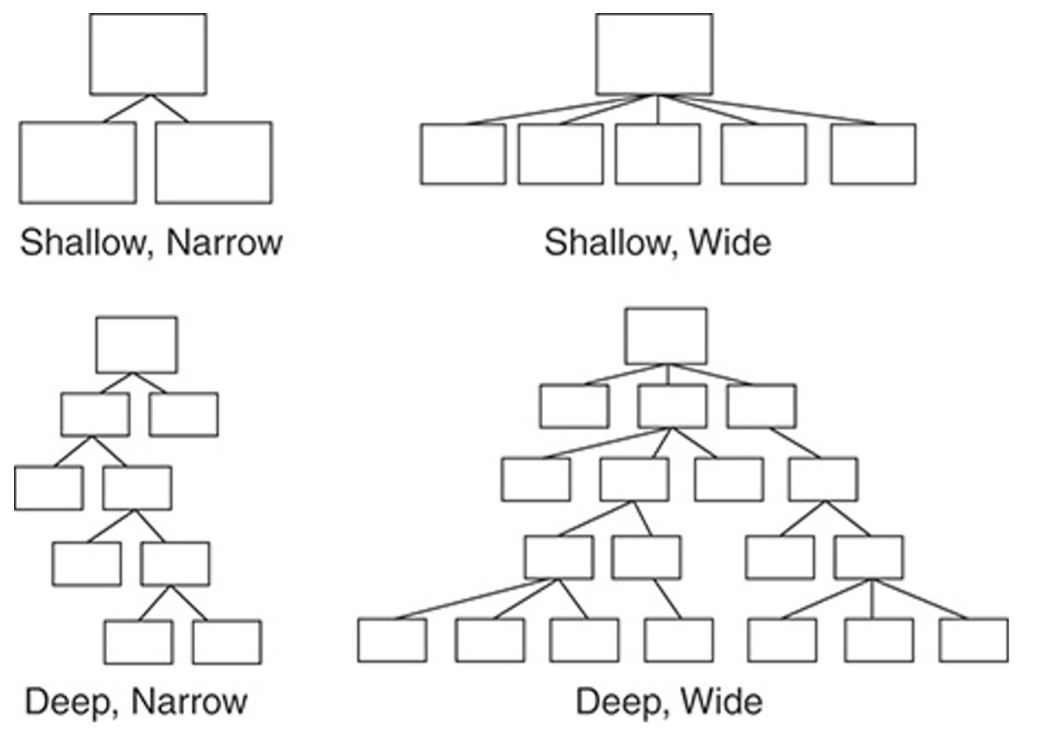Mixins
- Mixins is another OOD tool to share some behavior between non-related objects
- while inheritance and composition working with some classes' hierarchy mixins can share needed behavior between different classes which are not directly related but need to play some specific role
- mixins model relation type:
BEHAVES-AS- mixins tells us that some object under some circumstances 'behaves-as' needed under these circumstances
- inheritance is not the only way to share a behavior
- every problem which we solve using inheritance can also be solved using other tools, such as mixins
Understanding Roles
Sometimes you need to share some behavior between non-related objects
- such case is a direct opposite to inheritance hierarchy (IS-A relation)
- It is rather a role, which object can play on some state of its lifecycle
example
- When you need to use mixin functionality on some object, you can just add it to the object's prototype
- this will give us the possibility to use mixins methods on this object
- such approach has some consequences, prototypes functionality is not the most convenient in usage, apart from that,
Object.assign()only makes a shallow copy- can use existing JavaScript libraries to make mixins usage easier
- When you need to use mixin functionality on some object, you can just add it to the object's prototype
const sayMixin = {
say(phrase) {
alert(phrase);
},
};
const sayHiMixin = {
__proto__: sayMixin,
sayHi() {
super.say(`Hello ${this.name}`);
},
sayBye() {
super.say(`Bye ${this.name}`);
},
};
class User {
constructor(public name) {}
}
Object.assign(User.prototype, sayHiMixin);
new User("Dave").sayHi();
Writing the Concrete Code
example 1
- major part of logic is stored in Schedule class
- the class is used in isSchedulable method of Bicycle
- it needs two dates, one for the start and one for the end of booking
- Schedule instance receives start date with subtracted leadDays
- so as to provide enough time to prepare the bicycle for a trip
- the class is used in isSchedulable method of Bicycle
- we can schedule a bicycle, but we also have other classes like Mechanic and Driver and each of them has its own leadDays value
- by extracting common logic, we can create Schedulable duck type
- with the new Schedulable instance, the relation between Bicycle and Schedulable is not
IS-A- because Bicycle should not be schedulable under normal conditions
- This duck type describes Bicycle specific behavior when it is required to be scheduled for the trip
- Other parts of the system should not even know that Bicycle is schedulable
- these classes relations will be better to describe as
BEHAVES-AS
class Schedule {
isScheduled(schedulable, starting, ending) {
console.log(
`Checking if ${schedulable.constructor.name}` +
`is available on ${starting} - ${ending}`
);
//do the checks
return true;
}
}
class Bicycle {
leadDays = 1;
constructor(parts, schedule = new Schedule()) {
this.schedule = schedule;
// ...
}
isSchedulable(starting, ending) {
const withLeadTime = starting - this.leadDays;
return this.schedule.isScheduled(this, withLeadTime, ending);
}
}- major part of logic is stored in Schedule class
example 2
- by extracting common logic to SchedulableMixin with isSchedulable method
- now we can easily mix it to any class in the hierarchy, either Bicycle, Mechanic or Driver, so we will have schedulable behavior when we only need it
- In this case decorators could be used as an alternative solution
- The only consequence in Schedulable mixin is that we need to store leadDays property in a target class, so it can be used in mixin
const SchedulableMixin = (superclass) =>
class extends superclass {
private _schedule: Schedule;
protected leadDays = 0;
set schedule(schedule) {
this._schedule = schedule;
}
get schedule() {
return this._schedule || new Schedule();
}
isSchedulable(starting, ending) {
const withLeadDays = starting - this.leadDays;
return this.schedule.isScheduled(this, withLeadDays, ending);
}
};
class Bicycle extends SchedulableMixin(Object) {
protected leadDays = 1;
}
class Vehicle extends SchedulableMixin(Object) {
protected leadDays = 3;
}
class Mechanic extends SchedulableMixin(Object) {
protected leadDays = 4;
}- by extracting common logic to SchedulableMixin with isSchedulable method
Writing Inheritable Code

mixins adds additional levels to the call stack
- this makes understanding and debugging of the application less obvious
- thus need to keep this in mind and use mixins only when they are really needed
rules to follow
Recognize the Antipatterns- There are two antipatterns which may indicate that you can gain a benefit from inheritance
- First of them is using variables with a type/category to determine a type of object and send it a message
- The second is usage of direct object type checking or switch-case operator
- rather missed a duck type
- Duck types may have not only common interface but also common behavior, which is recommended to extract to mixins
Insist on the Abstraction- All the code in an abstract superclass which should be used in every subclass, superclasses should not contain a code which is only applied for some subclasses
- This limitation is also applicable to mixins, all the mixin functionality should be used in every place where it is mixed in
- If you cannot identify an abstraction, then probably it is not existing, and inheritance cannot be applied to solve this problem
Honor the Contract- Subclasses must honor the contract, so they can be easily replaced with superclasses without any change in a system behavior
- This means that they need to answer on the same messages receiving the same input data and returning the same result data
- Thereby they cannot do something which will force a client code to check them for a type to understand what to wait from them
- Subclasses which do not honor the contract cannot work synchronously thus making all the inheritance hierarchy unpredictable
- This also violates Liskov Substitution Principle
Preemptively Decouple Classes- Try to avoid super method call, use template method pattern and so-called hooks instead, they give subclass a possibility to specify the common algorithm which is controlled by superclass
- Remember that it is not a "silver bullet" and do not follow this approach blindly
Create Shallow Hierarchies- Try to create as compact hierarchies as it is possible
- Shallow hierarchies are easy to understand, shallow and wide are slightly more difficult, but they still are easy to understand
- Deep and narrow hierarchies tend to become wider and much difficult to understand and maintain
- You should avoid deep and wide hierarchies, they create a long path to target method or property which is missing in a target class
- Such hierarchies are difficult to maintain, and they create a high risk of application failure
